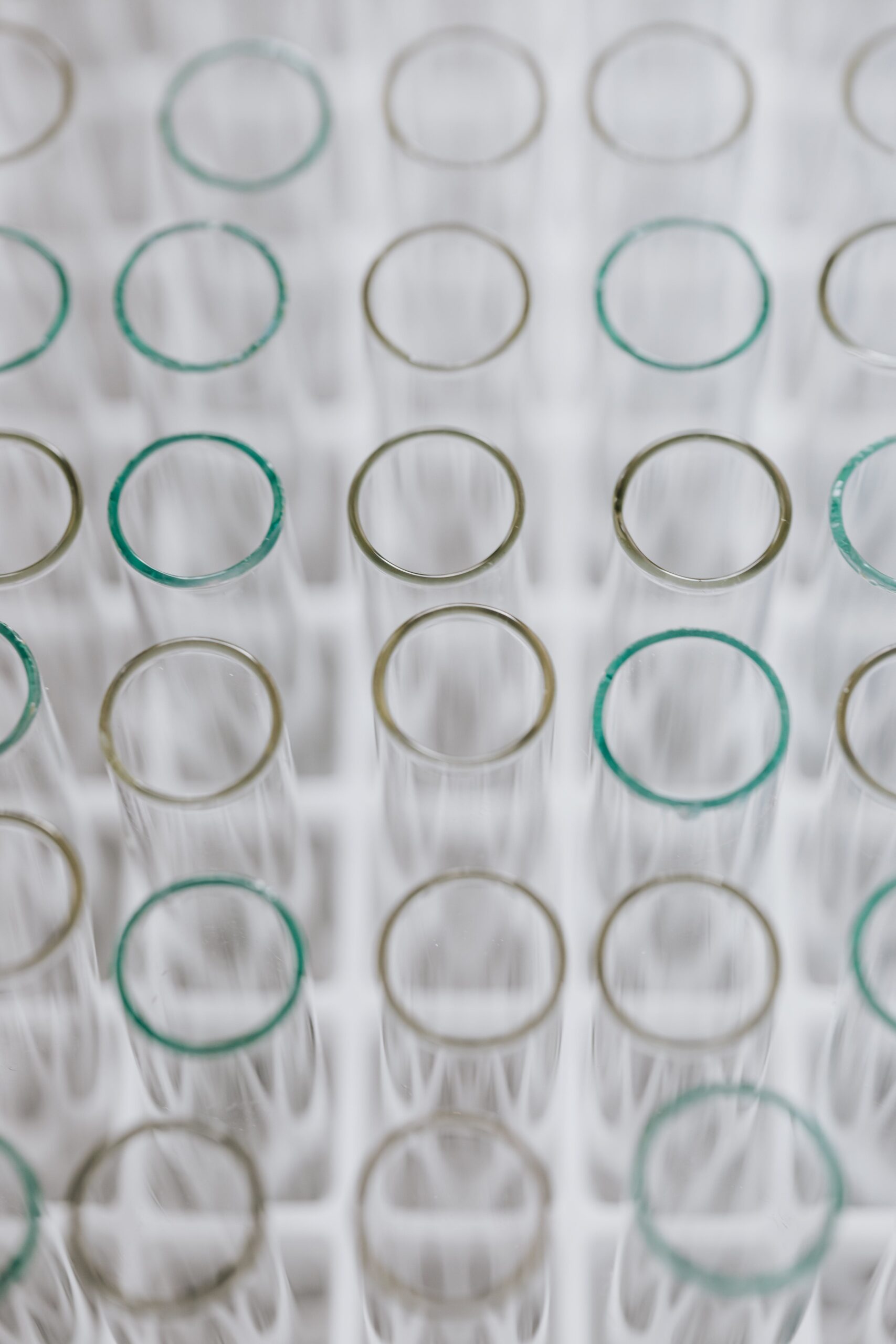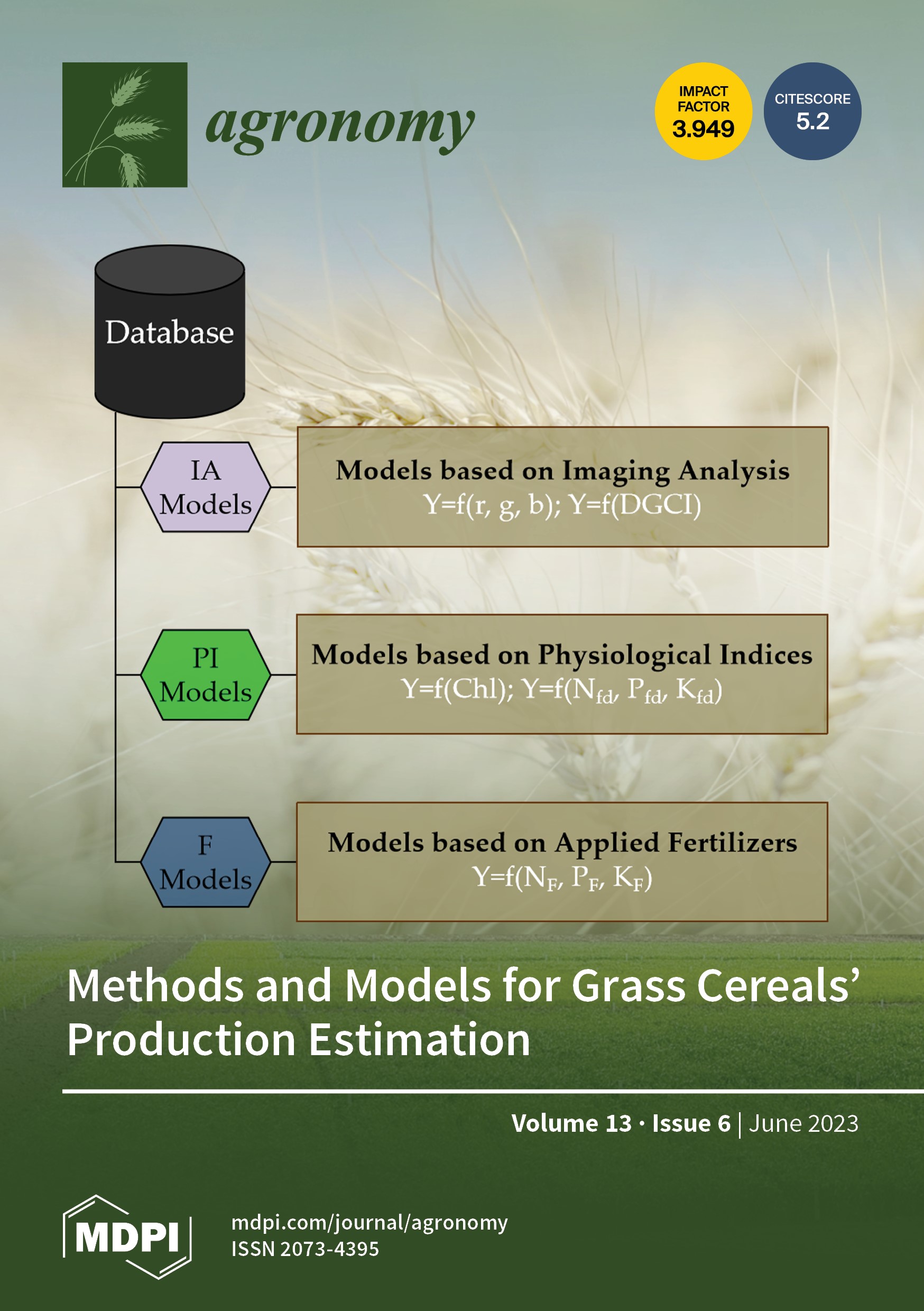Assessing the Efficacy, Acute Toxicity, and Binding Modes of the Agricultural Nitrification Inhibitors 3,4-Dimethyl‑1H‑pyrazole (DMP) and Dicyandiamide (DCD) with Nitrosomonas europaea
Sibel C. Yildirim, Robert M. Walker, Ute Roessner, and Uta Wille.* “Assessing the Efficacy, Acute Toxicity, and Binding Modes of the Agricultural Nitrification Inhibitors 3,4-Dimethyl‑1H‑pyrazole (DMP) and Dicyandiamide (DCD) with Nitrosomonas europaea.” ACS Agricultural Science & Technology 2023, 3, 2, 222-231. DOI: 10.1021/acsagscitech.2c00303
Nitrification inhibitors have been coformulated with nitrogen fertilizers since the 1970s to modulate the microbiological conversion of nitrogen in agricultural soils. 3,4-Dimethyl-1H-pyrazole (DMP) and dicyandiamide (DCD) are currently the most used commercial nitrification inhibitors, but their mode of action is not well understood. This work seeks to fill this void by assessing for the first time in detail their mechanism of inhibition, efficacy, and acute toxicity with pure cell cultures of Nitrosomonas europaea. Bacterial assays based on the quantification of the nitrite (NO2–) production showed that both inhibitors reversibly target ammonia monooxygenase (AMO), which catalyzes the first step of the nitrification process. Michaelis–Menten kinetics suggest that both DMP and DCD act as uncompetitive inhibitors. Real-time measurements of the oxygen (O2) consumption confirmed the nonmechanistic mode of inhibition and showed that DMP reduced the O2 uptake rate by AMO much more at considerably lower concentrations than DCD, in line with the lower inhibitory efficiency of the latter. Acute toxicity tests revealed that DCD has a 10% higher toxicity than DMP when comparing treatments at the same inhibition efficacy (i.e., DMP at 10 ppm, DCD at 100 ppm), indicating that the inhibition of the nitrification process cannot simply be achieved by increasing the inhibitor concentration. The methods presented in this study could assist the development of more reliable nitrification inhibitors in the future.




